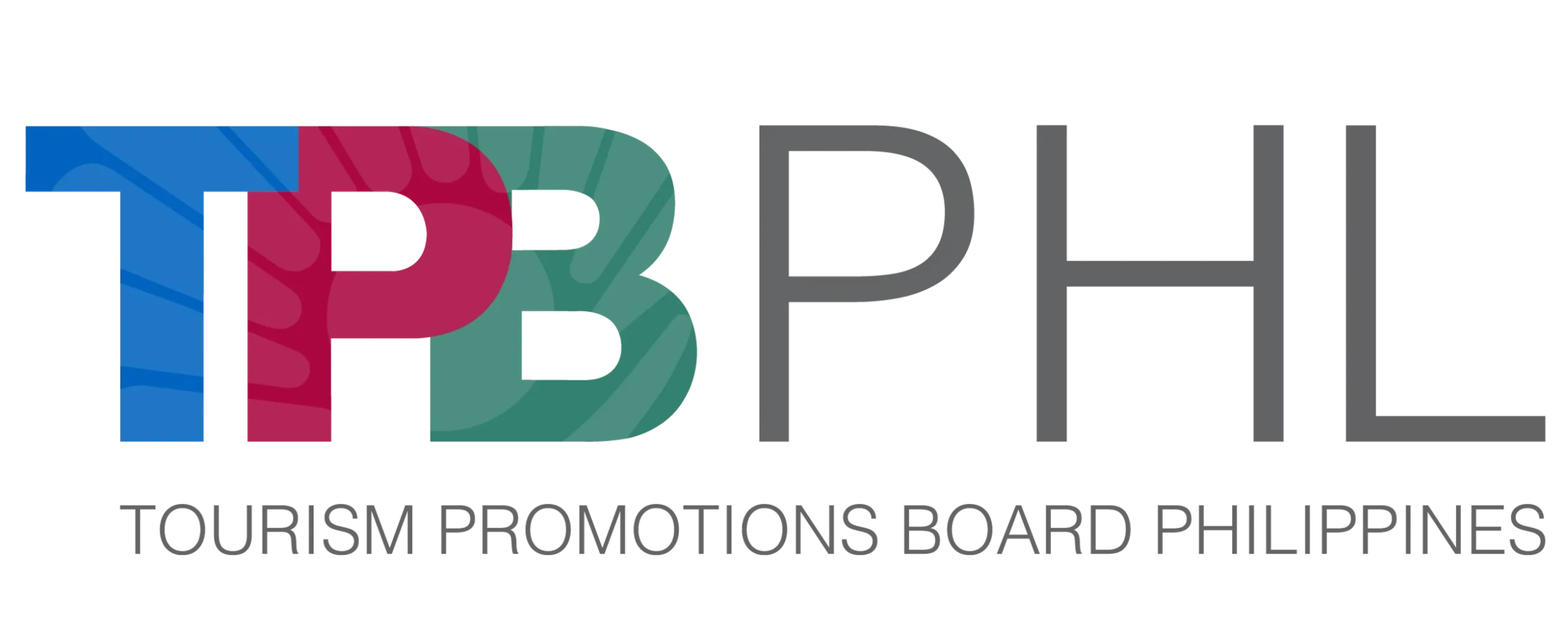
Every corner of the Philippines has something beautiful to share. You’ll find turquoise waters and limestone cliffs in El Nido, quiet beaches and volcano-fed springs in Camiguin, endless surf and palm-lined roads in Siargao, and cool mountain air among the Banaue Rice Terraces, a UNESCO World Heritage Site that has stood the test of time. Nature lovers will also be amazed by the Puerto Princesa Underground River in Palawan, one of the New Seven Wonders of Nature, and the dramatic beauty of Mount Mayon’s perfect cone in Bicol. Don’t miss Boracay’s famous white sand, Bohol’s Chocolate Hills, or Davao’s Mount Apo, the country’s highest peak.


Dressed in colorful costumes, participants parade through the city streets to the lively beat of drums as they celebrate Cebu’s biggest and most popular festival—the Sinulog Festival, held every third Sunday of January.

Held every October, the MassKara Festival in Bacolod—known as the “Festival of Smiles”—was created to uplift spirits during tough times. Participants wear colorful masks with smiling faces, and the city comes alive with street dancing, drum beats, food, drinks, and nonstop fun, especially during the third weekend of the month.

This age-old ritual known as “Moriones” takes place in Marinduque during Holy Week, spanning seven days. It depicts the story of the conversion of Longinus, the Roman centurion.

Baguio, the City of Pines, hosts the Panagbenga Festival every February, a month-long celebration featuring vibrant costumes and parade floats made of fresh blooms.

Ati-Atihan is held every January in Aklan in honor of the Child Jesus, with the highlight on the third Sunday. The name means “to be like the Atis,” the island’s early inhabitants.

Feast of the Black Nazarene, is held every January 9 in Quiapo, Manila. It honors the centuries-old image of the suffering Christ, believed to be miraculous. Millions of barefoot devotees join the grand procession, or Traslación, in a powerful display of faith, penance, and hope, seeking healing and blessings through physical contact with the image.






Stay updated with the latest travel deals, tips, and exclusive offers by subscribing to our newsletter!